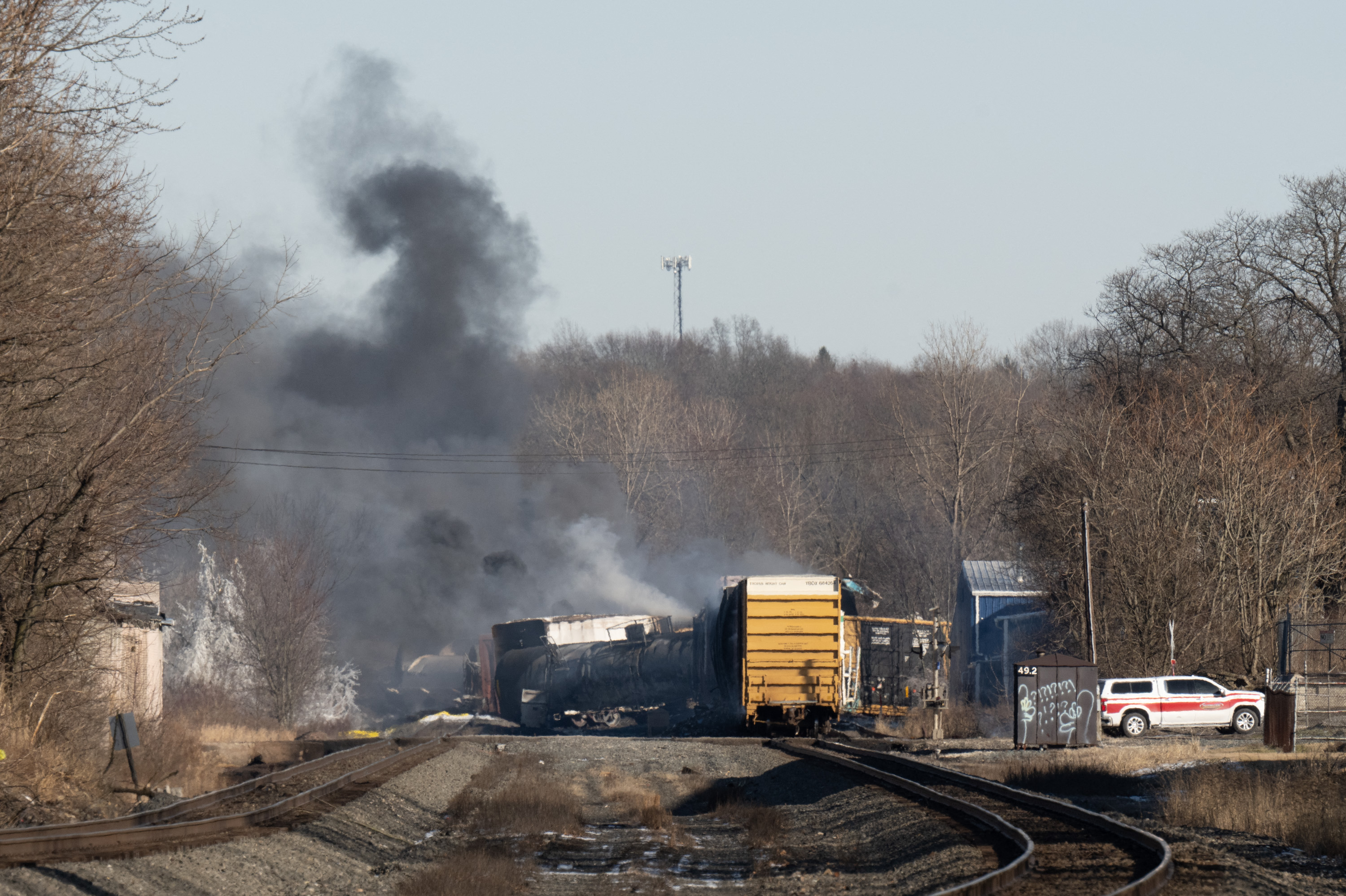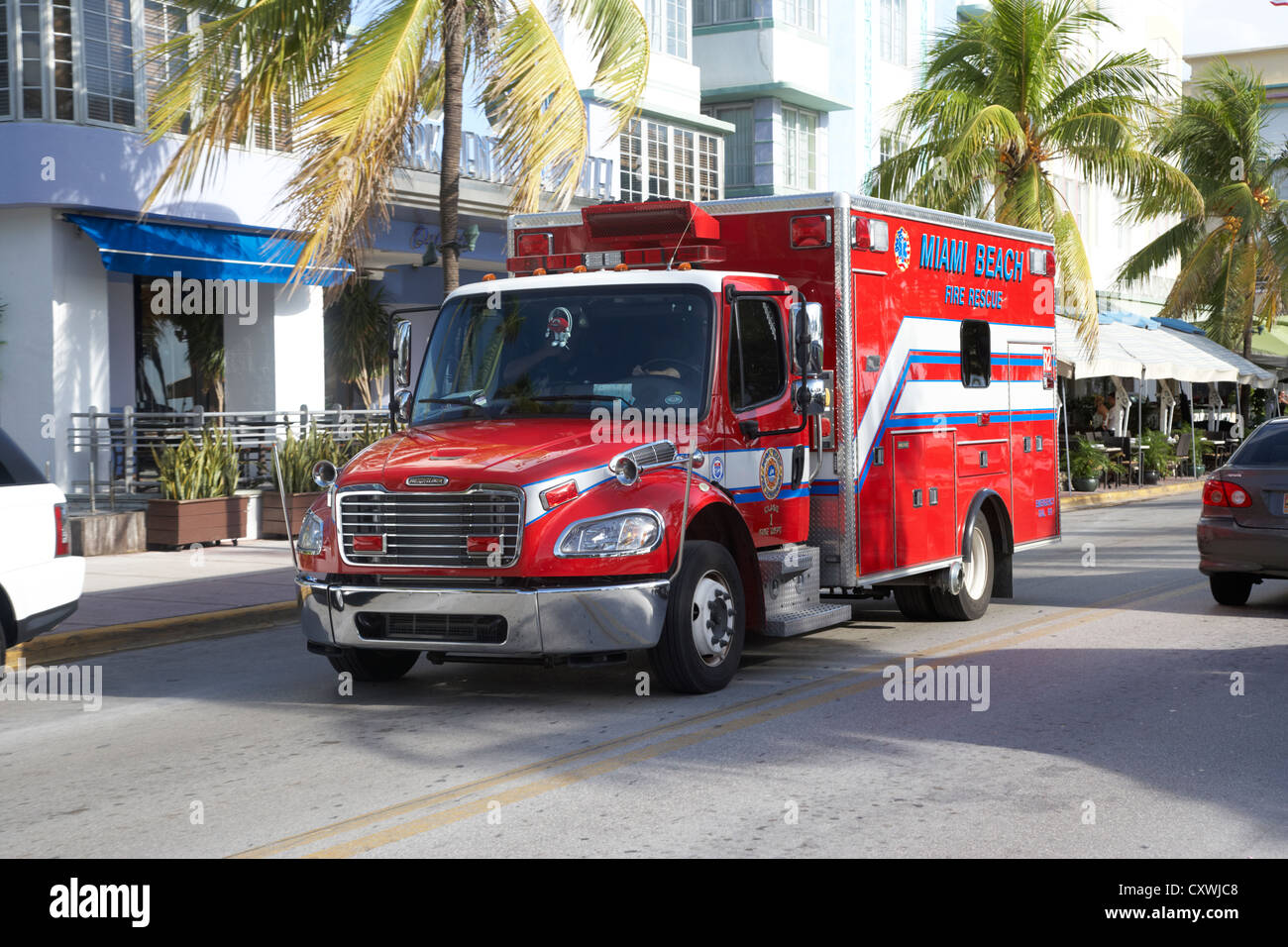Ohio Derailment: The Lasting Impact Of Toxic Chemicals On Buildings

Table of Contents
Assessing the Damage: Immediate and Long-Term Effects of Toxic Chemical Exposure on Buildings
The immediate visible damage to buildings near the derailment site is alarming. Discoloration of exterior surfaces, corrosion of metal components, and structural weakening are all potential consequences of exposure to the released chemicals. The extent of the damage varies depending on factors such as proximity to the derailment, prevailing wind direction, and building materials.
- Specific Chemicals and Their Impact: Vinyl chloride, a known carcinogen, can cause significant degradation of various materials, while butyl acrylate, a common component of paints and adhesives, can lead to discoloration and potential structural weakening. Other chemicals released may have similar long-term effects, necessitating comprehensive testing.
- Building Material Susceptibility: Different building materials exhibit varying degrees of susceptibility. Wood may absorb chemicals, leading to long-term leaching and potential structural compromise. Metal components are prone to corrosion, while even concrete can experience degradation depending on the chemicals involved.
- Challenges in Immediate Assessment: The hazardous nature of the released chemicals presents significant challenges in immediate damage assessment. Specialized safety equipment and trained professionals are necessary to conduct safe and accurate inspections.
Long-term effects are even more concerning. Latent damage, not immediately apparent, may manifest over time, leading to unexpected structural failures and costly repairs. Lingering chemicals within building materials also pose ongoing health risks to residents and workers. Continuous monitoring is crucial to track the long-term impact and ensure the safety of the affected structures.
Decontamination and Remediation Strategies for Affected Buildings
Decontamination and remediation of affected buildings are complex and costly processes requiring specialized expertise. The extent of contamination often dictates the appropriate remediation strategy.
- Remediation Techniques: Options include thorough cleaning, sealing of contaminated surfaces, and, in severe cases, complete demolition and reconstruction. The choice depends on the nature and extent of the contamination, building materials, and cost-benefit analysis.
- Specialized Contractors and Environmental Agencies: Environmental remediation requires specialized contractors experienced in handling hazardous materials. Close collaboration with local, state, and potentially federal environmental agencies is crucial to ensure compliance with regulations and safety standards.
- Safety Protocols: Strict adherence to safety protocols during the remediation process is paramount to protect workers and prevent further environmental contamination.
Determining the extent of contamination and ensuring complete remediation presents significant challenges. Advanced testing and analysis are needed to identify all affected areas and verify the effectiveness of remediation efforts.
Legal and Insurance Implications of Ohio Derailment Building Damage
The legal and insurance implications of the Ohio derailment's building damage are significant and multifaceted. Determining liability and securing compensation can be a lengthy and complex process.
- Property Damage Claims: Homeowners and business owners affected by the derailment can file property damage claims against the railroad company, Norfolk Southern, and potentially other involved parties.
- Potential for Class-Action Lawsuits: Given the widespread nature of the damage, class-action lawsuits are a strong possibility to streamline the legal process and ensure fair compensation for affected parties.
- Insurance Coverage: Securing insurance coverage for damage caused by such an unforeseen event presents challenges. Many standard insurance policies may not adequately cover the extensive remediation costs associated with toxic chemical contamination.
Navigating the legal complexities and securing appropriate insurance coverage will require legal counsel specialized in environmental law and property damage claims.
Long-Term Health Concerns Related to Ohio Derailment Building Contamination
The potential for long-term health problems for residents and workers in contaminated buildings is a serious concern. Exposure to the released chemicals can lead to a range of health issues, both immediate and long-term.
- Specific Health Risks: Specific health risks vary depending on the chemicals involved and the duration and level of exposure. Vinyl chloride, for instance, is linked to an increased risk of liver cancer. Long-term exposure to other chemicals may lead to respiratory problems, neurological disorders, and other health complications.
- Health Monitoring: Regular health monitoring is crucial for individuals living or working in potentially contaminated buildings. This should include regular medical checkups and specific tests to detect potential health issues related to chemical exposure.
- Ongoing Research: Ongoing research is needed to fully understand the long-term health effects of exposure to the specific chemical mixture released in the derailment.
Establishing a direct link between health problems and building contamination can be challenging, requiring careful epidemiological studies and meticulous data collection.
The Need for Comprehensive Building Inspections Post-Derailment
Comprehensive building inspections by qualified professionals are crucial to assess the full extent of the damage and identify potential long-term risks associated with Ohio derailment toxic chemicals building damage. These inspections should not only assess immediate damage but also evaluate the potential for latent damage and the presence of lingering contaminants. Ongoing monitoring and preventative measures are essential to mitigate long-term risks and protect the health and safety of occupants.
Conclusion
The Ohio train derailment and the release of toxic chemicals have had a profound and lasting impact on buildings in the affected area. The challenges associated with assessing damage, implementing effective remediation strategies, navigating legal complexities, and addressing long-term health concerns are substantial and require a coordinated effort from various stakeholders. This situation highlights the critical need for proactive measures to prevent future incidents and to ensure comprehensive support for those affected by Ohio derailment toxic chemicals building damage. Stay informed about the ongoing situation, seek professional assistance for building inspections and remediation if needed, and contact the appropriate authorities if you suspect building contamination. Further research and public awareness are crucial to understanding and mitigating the long-term implications of this environmental disaster.

Featured Posts
-
 Miami Beach Rescue Dylan Efrons Act Of Bravery
May 27, 2025
Miami Beach Rescue Dylan Efrons Act Of Bravery
May 27, 2025 -
 Is A Kayce Dutton Spinoff The Answer To Yellowstone Season 5s Divisive Flashbacks
May 27, 2025
Is A Kayce Dutton Spinoff The Answer To Yellowstone Season 5s Divisive Flashbacks
May 27, 2025 -
 Dylan Efron Performs Drowning Rescue In Miami Beach
May 27, 2025
Dylan Efron Performs Drowning Rescue In Miami Beach
May 27, 2025 -
 Examining The Redstone Trump Analogy Power Dynamics In The Media Landscape
May 27, 2025
Examining The Redstone Trump Analogy Power Dynamics In The Media Landscape
May 27, 2025 -
 Cricket Match Goa Defeats J And K Despite Chitras Outstanding Performance
May 27, 2025
Cricket Match Goa Defeats J And K Despite Chitras Outstanding Performance
May 27, 2025
